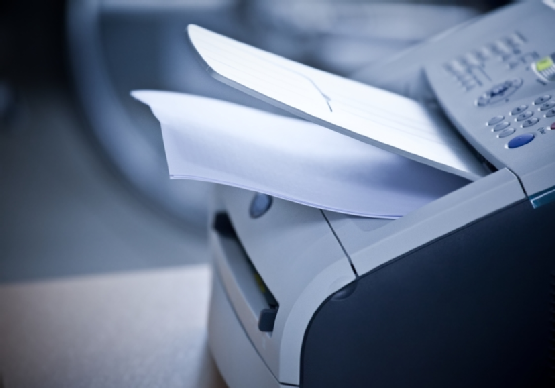Now more than ever, companies are exploring ways to reduce running costs and deal with inefficiencies. From reshuffling positions and motion-detector lighting to the reduction in the number of water dispensers, they are trying it all. However, not all managers realise that one of the easiest ways to cut costs is to change employee printing behaviours and printing protocols. Naturally, the first step in any change is identifying the issue, and that’s where a print audit comes into play.
The Hidden Costs of Doing Business
It has been estimated that the average full-time employee prints over 10,000 sheets a year. This certainly has an environmental impact, but the cost to business is significant too. It’s not just the paper – in fact, the paper is a relatively small part of the expense. At somewhere between 5p and 10p per printed sheet, the cost of printing is 10 to 30 times higher than the price of the paper it’s printed on. Equipment, electricity, ink, maintenance and waiting times which slow productivity all take away from the bottom line.
There are some costs in business that you just can’t escape. However, a considerable percentage of printing cost goes on pages which the employee never intended to print or else are not business-related. Conservative estimates put the average office printing waste at 17% of everything printed. A study by the Gartner Group found that mismanagement of printing facilities was costing companies between 1% and 3% of their annual revenue.
Define, Measure and Analyse
Most companies do have a niggling feeling that a lot of money is wasted on printing. However, quantifying this waste and promoting real change needs hard facts that only a print audit can provide. Using data-driven measurement tools, strengths and weaknesses in the printing behaviours of the business are exposed, including everything from excessively expensive machines to intentional security breaches by employees.
The Elements of the Audit
Both in relation to cost and speed, printers and their various services vary vastly in terms of efficiency. Many offices harbour machines which have a higher specification than needed. Likewise, many more offices use outdated machines which use more energy and supplies and create a need for more reprinting.
An integral part of any print audit is the analysis of which machines are used where and by whom. Personal printers are intrinsically less efficient but often used by large groups if their proximity is convenient. The larger, more efficient workhorses are often located away from desks to avoid disturbing employees, but this also leads to employees diverting jobs to closer, less efficient machines.
An audit will also identify those who print the largest volumes or repeat-print pages, which is a sign of printing errors or unauthorized printing. It can enable companies to retrain their employees’ printing behaviours and reduce costs and of course waste. What’s more, no company likes to think of large swathes of its printed material leaving through the front door. Whether intentional or not, printing sensitive data must be addressed.
It can also show you where machines are too slow or too busy to promote an efficient workplace, or where employees block machines. Time spent waiting for others’ print jobs to complete is dead time for many efficient employees.
Making Positive Changes
While there is very little we can do about the cost of ink, there is plenty we can do about the volume of ink and paper used and the amount of electricity consumed. The first step to improvement is identifying the issues. And in the world of printing, as in business, knowledge is vital.



